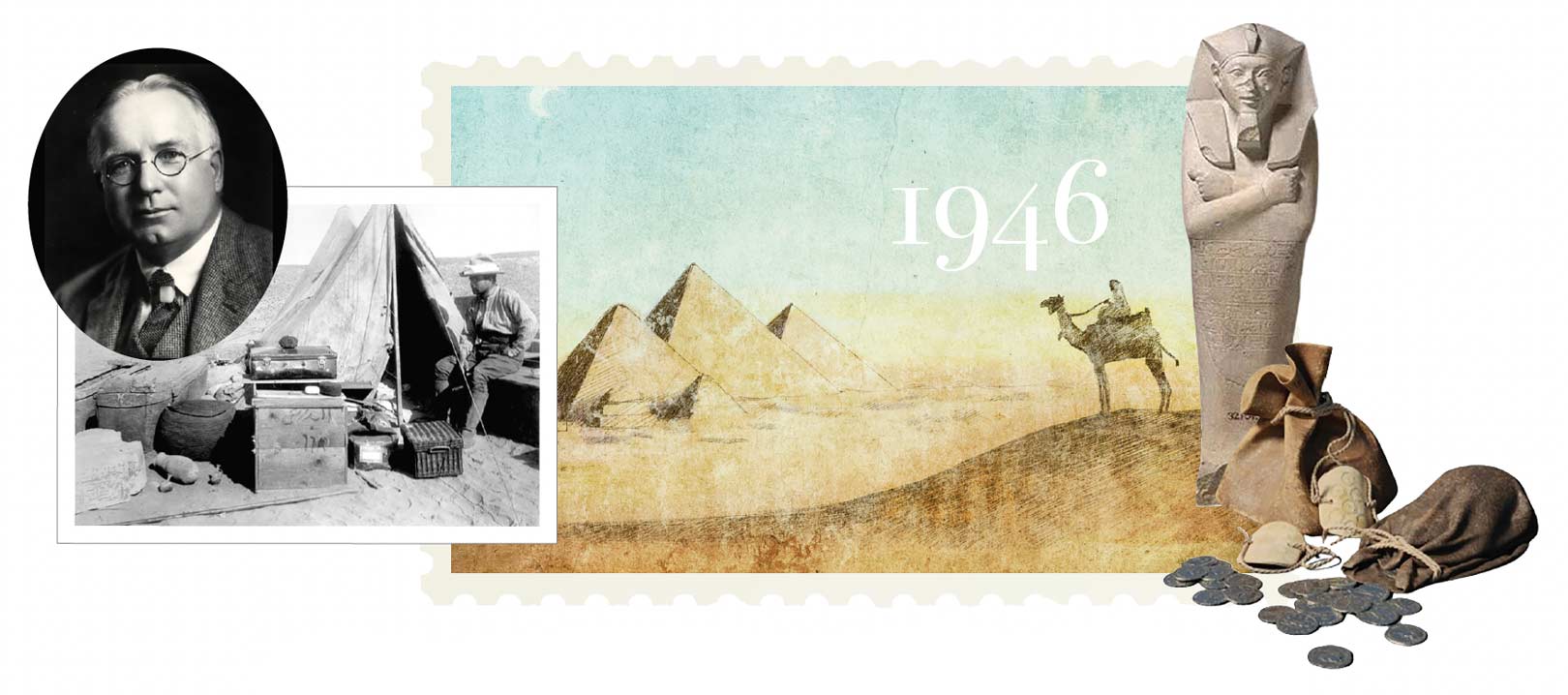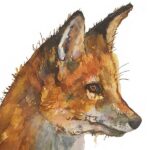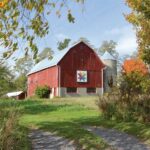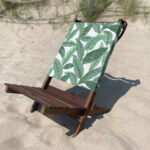
ROM wasn’t built in a day, but it might not have been built at all without the guidance and expertise of Charles Trick Currelly.
Charles Trick Currelly wasn’t born in Watershed country but had roots here, and as a boy he visited the family farm near Canton, north of Port Hope. When he retired from an illustrious career at the Royal Ontario Museum in 1946, he moved full-time to his country estate – named “Doneycroft” (which still stands), not far from the old homestead. He recruited some influential friends from Toronto – namely architect Henry Sproatt and, above all, future governor general Vincent Massey – to likewise build homes here. And as he bought several neighbouring farms, Currelly renovated a number of aging farmhouses, veneering each with a layer of cut-granite stone. To this day, his old rural neighbourhood is characterized by at least a dozen “stoned houses.”
Currelly’s legacy goes far beyond his backyard. Remembered among archaeologists today, he was one of a handful of Canadians to unearth the mysteries of the ancient ruins of Egypt in the early 20th century. He was an avid collector of artifacts, but most of all was instrumental in founding the Royal Ontario Museum at Queen’s Park. An entire gallery at the ROM bears his name.
Unlike most men of his generation, Currelly went to university, specifically Victoria College, which had recently relocated to Toronto from its original location in Cobourg. There, he studied biology, earth sciences and eventually theology, with the goal of becoming a Methodist minister. However, his career path took a fateful detour in 1902, when he met, of all people, the Great Farini while on a sketching excursion. A fellow Port Hoper, Farini was an eccentric, widely known to this day as a tightrope walker, circus impresario and amateur archaeologist. He ignited Currelly’s curiosity in things ancient and gave him a bag of Roman coins. On a sojourn to England, Currelly had them appraised and began to buy other antiquities from London dealers. Later in his autobiography, he wrote that in that moment, “my whole future turned…” Indeed, within weeks, he had given up theology and sailed to Egypt, where he was soon along the Nile, uncovering ancient flint knives at Abydos under the supervision of pioneering Egyptologist Flinders Petrie.
In all, Currelly spent nine years in Egypt, and his adventures read like scenes out of an Indiana Jones movie: excavating fortress walls from 2000 BC; mapping the plans of pyramids as they were explored for the first time; stumbling upon stolen mummified remains. In his memoir, Currelly recalled one of the biggest surprises of his career came when he dug into a random bank of sand, only to realize he was standing on the roof of the subterranean tomb of Aahmes (now referred to as Ahmose I); subsequently, it took a crew of 100 men to excavate it. Meanwhile, on a dig to unearth the burial chamber of the pharaoh Usertesen III (now known as Senusret, whose tomb is recognized as a UNESCO World Heritage Site), Currelly and his crew of 17 barely escaped with their lives when a wall collapsed beside them. Never daunted, he said of his early discoveries: “It gave me an uncanny feeling, as if one were in the moon or some other place not quite of this world. After all these years, the impression of awe and wonder is, I think, just as strong as it was then.”
Working for the Egyptian Exploration Society (a British non-profit that still exists), Currelly’s growing reputation took him to Crete, back to Egypt and to the Sinai Peninsula. Meanwhile, he collected antiquities on behalf of several European museums, as well as acquaintances back in Toronto. Among them was Sir Edmund Walker, a wealthy banker who also sat as a trustee at the University of Toronto. Walker was keen to establish a museum at U of T, and in 1906, when Currelly was in Egypt, he sent word that he wanted to hire him at a salary of $500 with a budget for acquisitions. With this, the die was cast for Currelly’s lifelong role at what became the Royal Ontario Museum.
With many of his discoveries placed on exhibit, the museum opened in 1914 with Currelly as its first director of archaeology and ultimately, curator. He and his wife, Mary, whom he met in England, settled into domestic life in Toronto, building a lovely Arts & Crafts house in the sylvan setting of Wychwood Park at St. Clair and Bathurst. Blessed with the gift of gab – no doubt a talent he honed in his training for the ministry – he lectured extensively and endeared himself to a generation of wealthy Torontonians eager to donate to the new museum. Currelly was known for working long hours and kept a bedroom beside his office. Every morning, he would roam the galleries to gauge public reaction to new exhibits and would sometimes break into a lecture to unwitting museum-goers.
He retired at age 70.
Currelly died in 1957 after falling ill on a holiday in Florida. His two sons – one a farmer and the other a judge – settled near Doneycroft and raised families there; today, the fifth generation is growing up with Currelly’s legacy. The family keeps his memory alive.
Story by:
Tom Cruickshank




